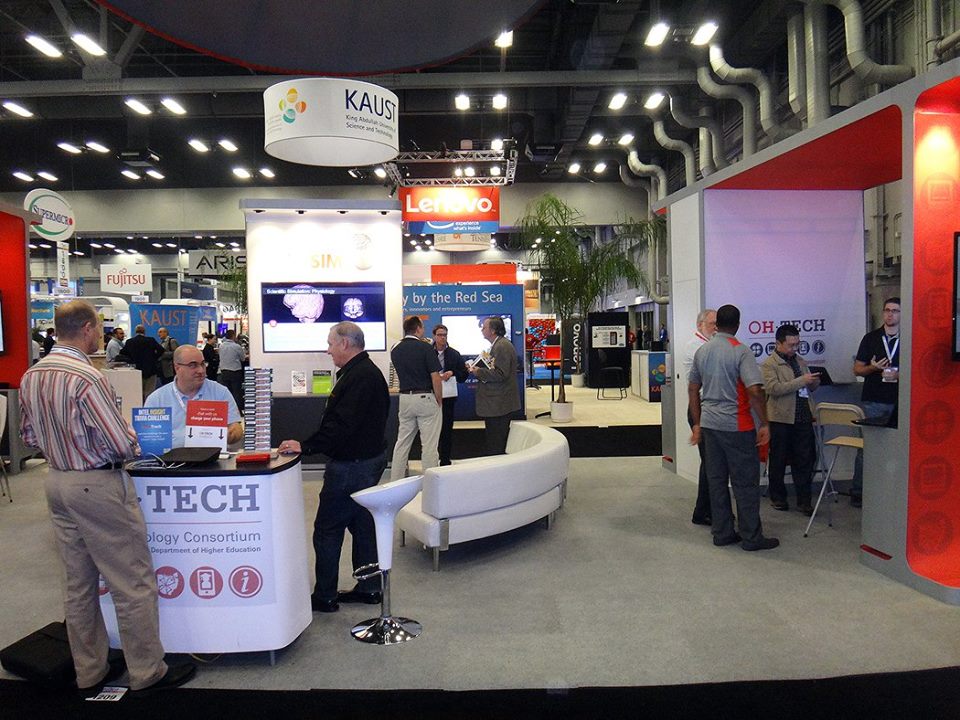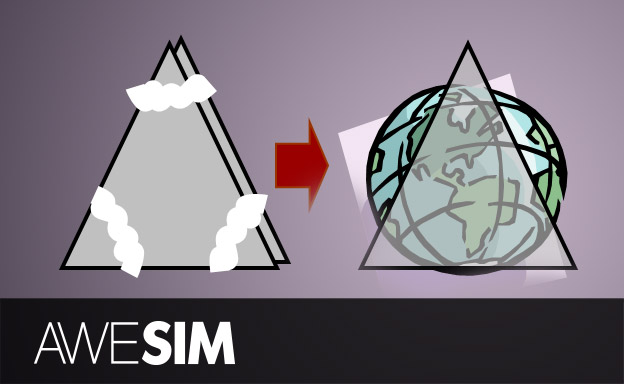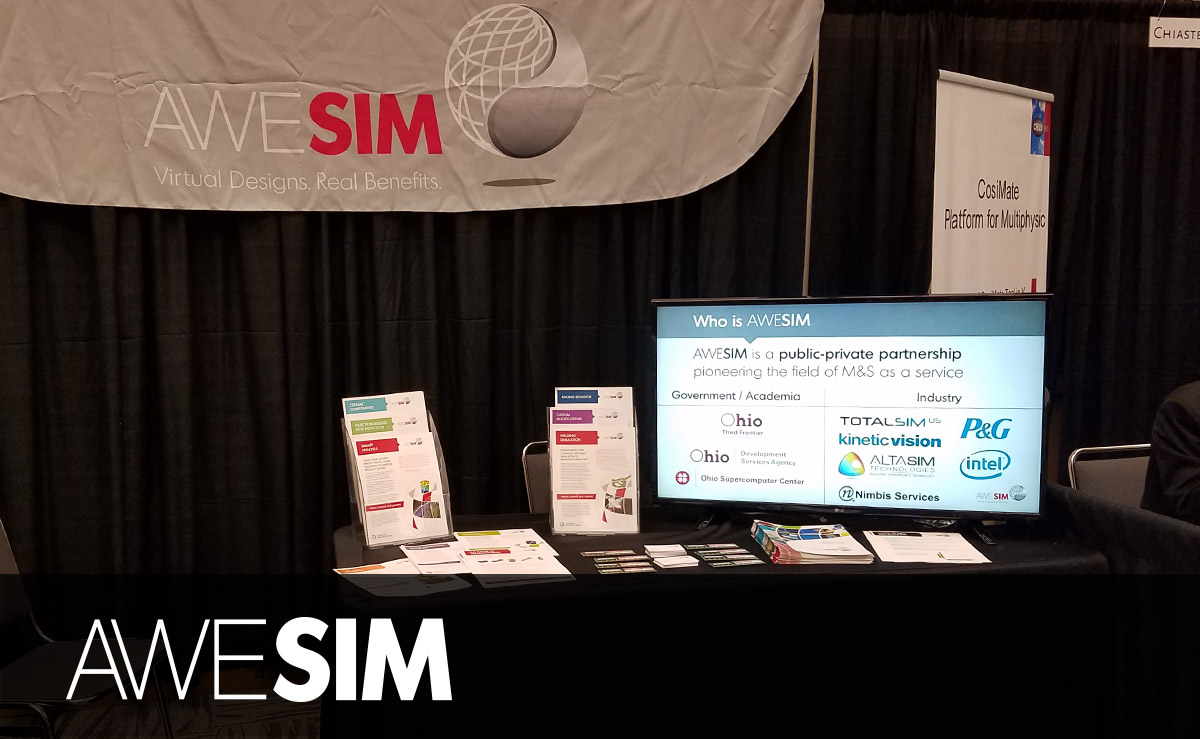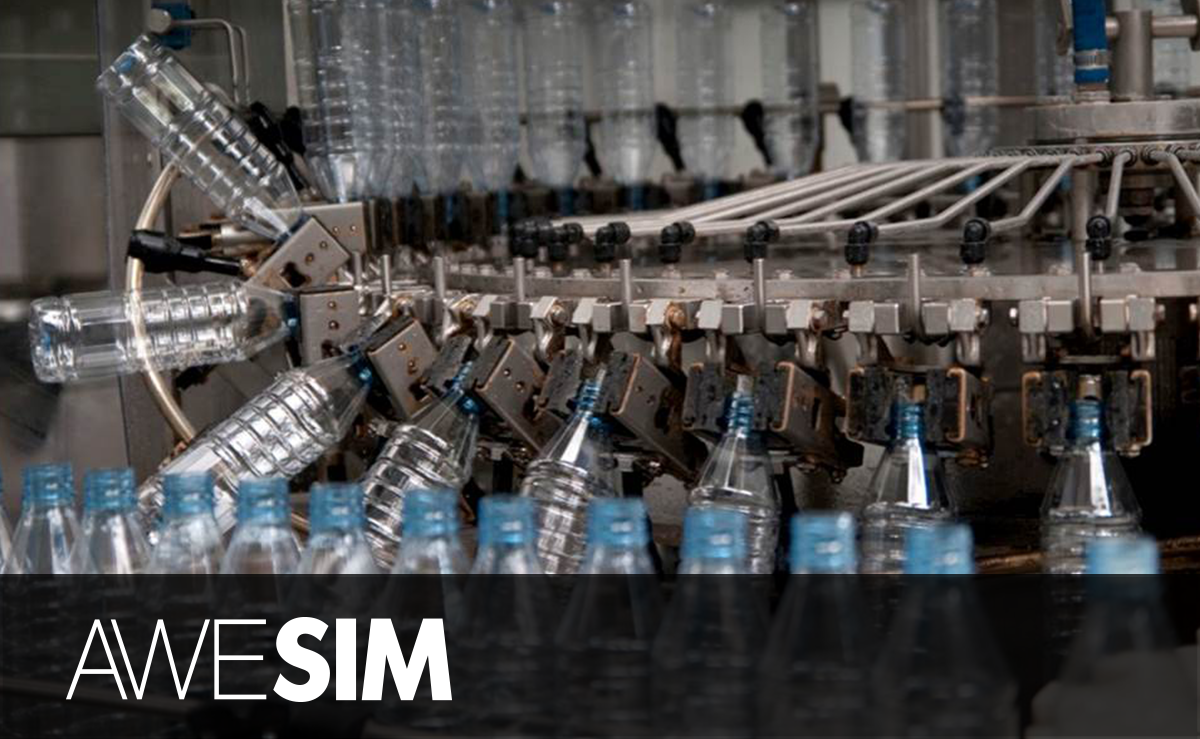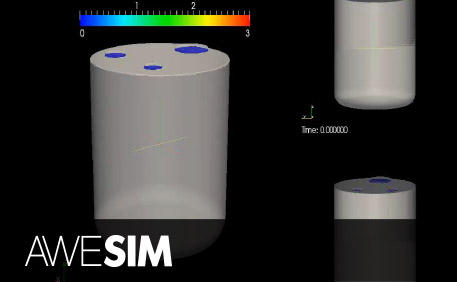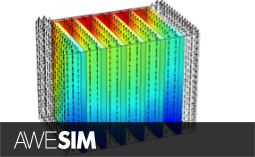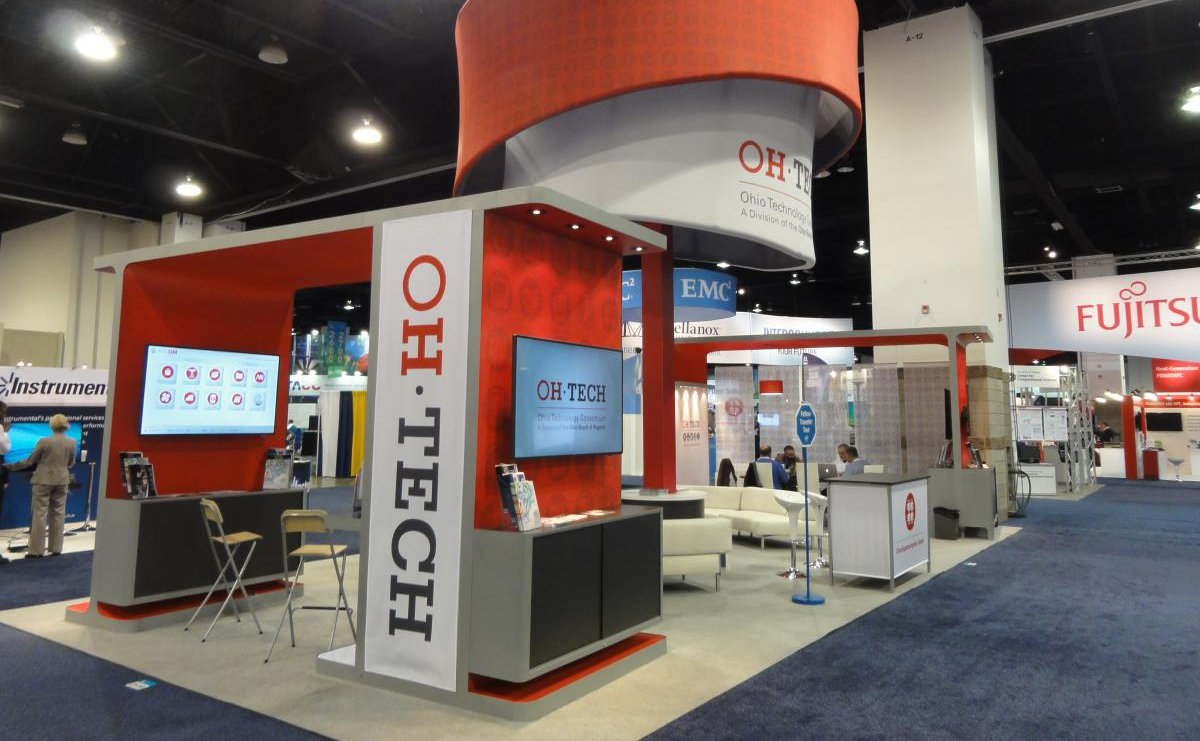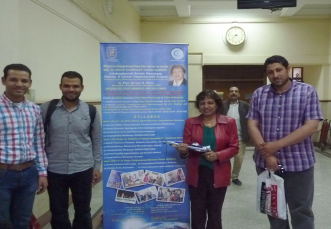
In this guest post, Sultana Nahar, Ph.D., writes about how OSC resources helped her teach an atomic astrophysics workshop at Cairo University in Egypt recently. Nahar has been involved in the promotion of physics research and education in developing countries for many years and OSC has worked to help facilitate many of her workshops.
